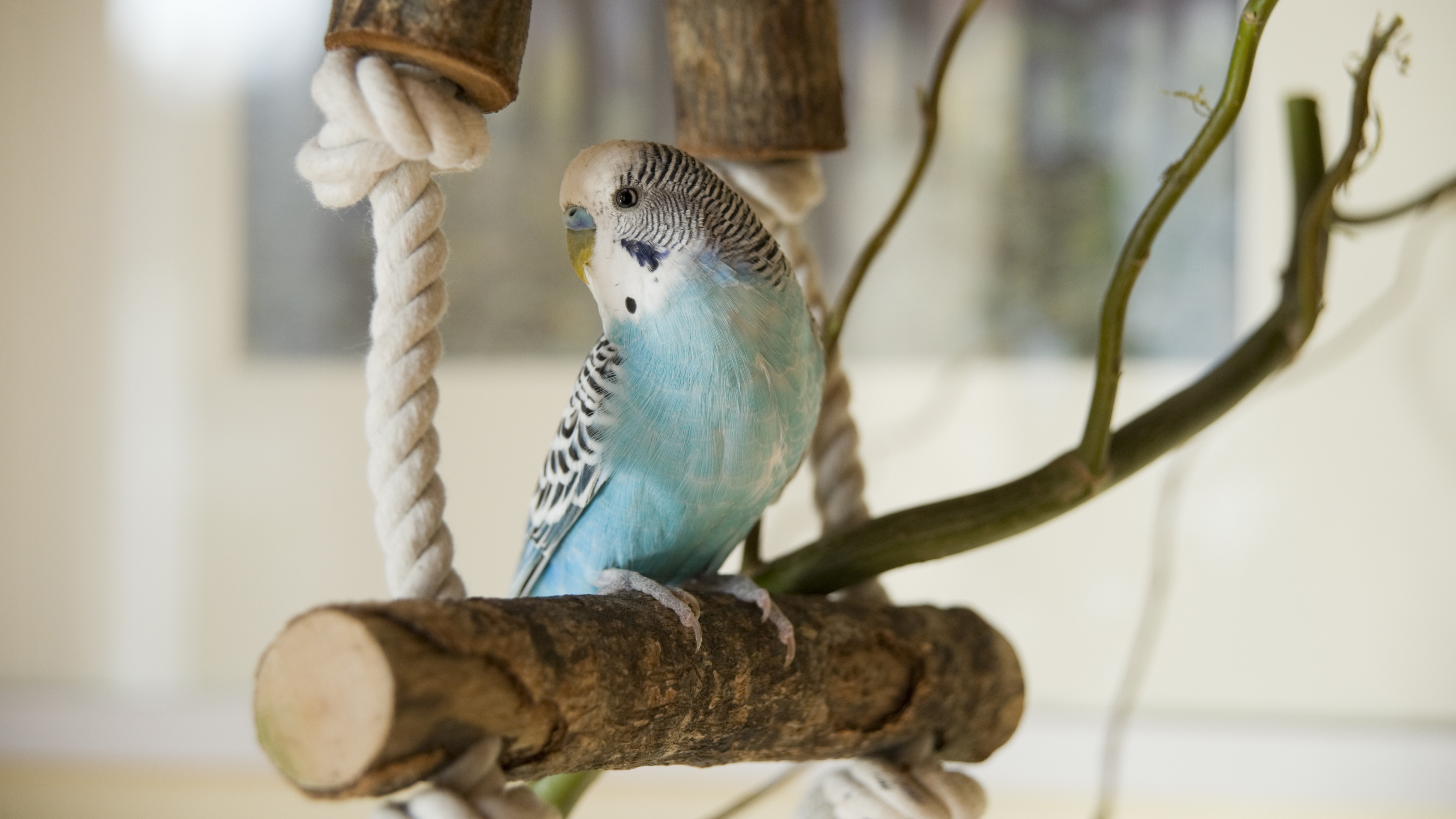
Microchipping Your Bird
Many birds are too small to be microchipped, but for larger birds, a microchip is a safe and permanent way of identification, and cannot be removed unlike a leg ring.
A microchip is a small electronic device about the size of a grain of rice. The microchip is inserted into your bird’s breast muscle, via a quick injection. Once inserted, a bird cannot feel the microchip and the special capsule around it means that it does not break down and is designed to last your pet’s lifetime.
The microchip is coded with a unique number that can be read by a scanner. Microchips do not store personal data – this is kept against the unique identification number on a secure database. If your bird is found and scanned, the microchip database is accessed online and the organisation that has your pet, for example a veterinary surgery, a rescue centre or the police, can use the number to find your details. You can then be contacted and your pet safely reunited with you.
More about microchipping your bird
If your bird is too small to be microchipped you can permanently identify them using a leg ring. This can have complications, including:
- Risk of catching on the aviary, toys or furniture.
- Dirt can build up under the ring, putting pressure on the leg and restricting blood supply.
- Irritation due to the ring can cause birds to self-harm.
- The identification number on the ring can wear off.
Giving your bird some form of permanent identification, however, is always recommended. If you do use a leg ring for your bird, we would recommend checking it regularly to make sure it is clean, fitting comfortably, and any numbers are clearly visible.
